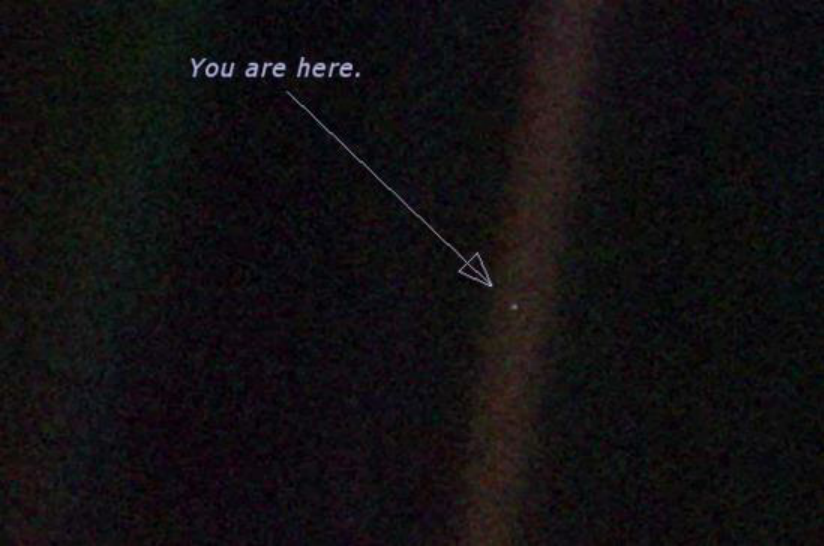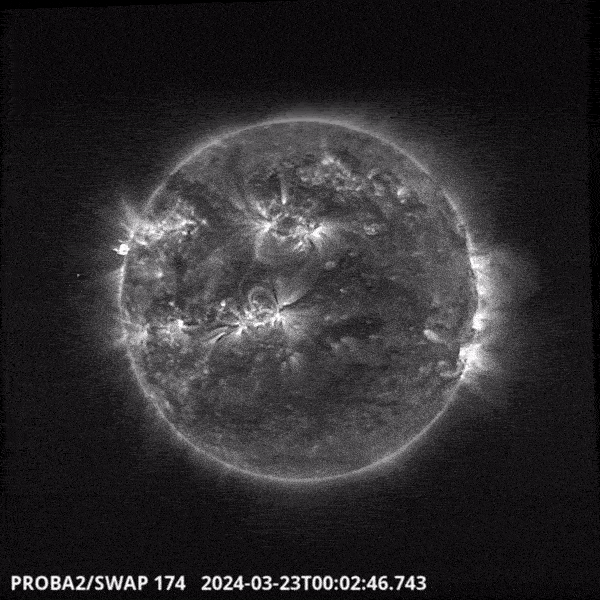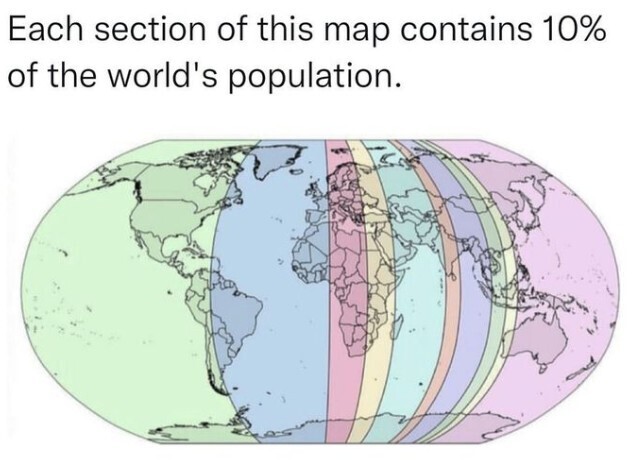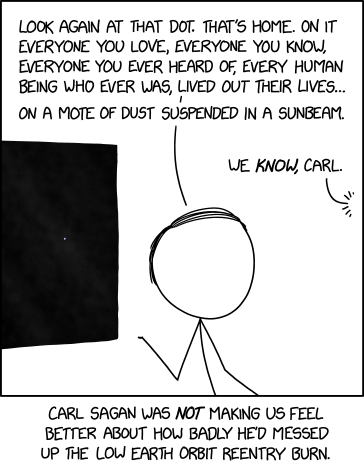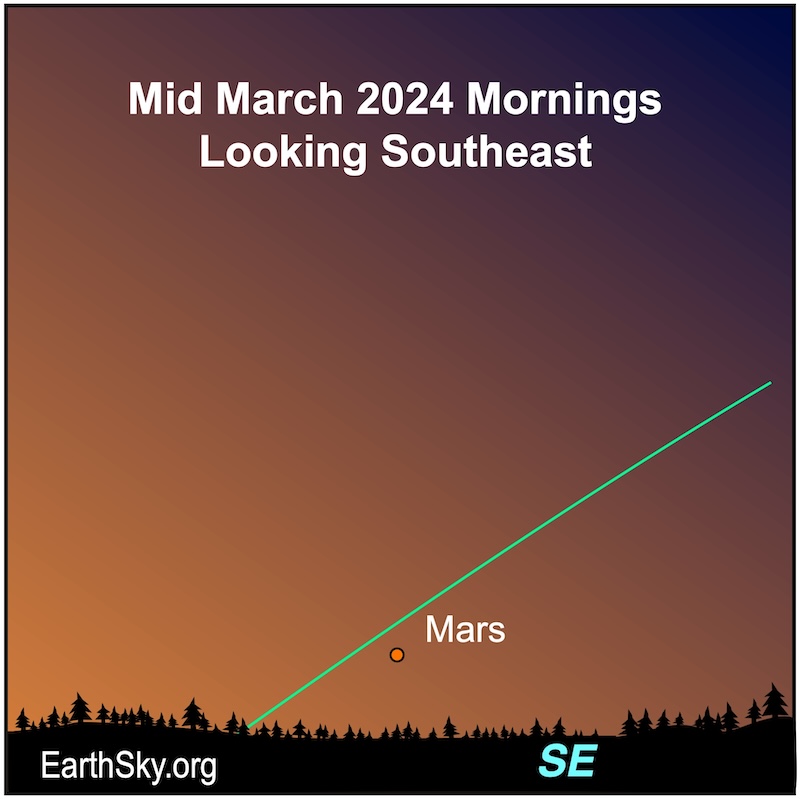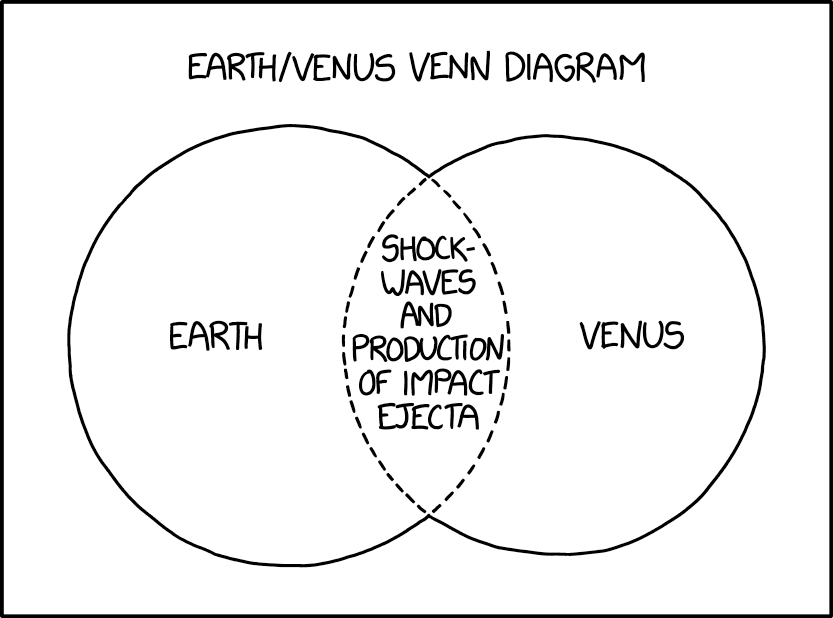#earth
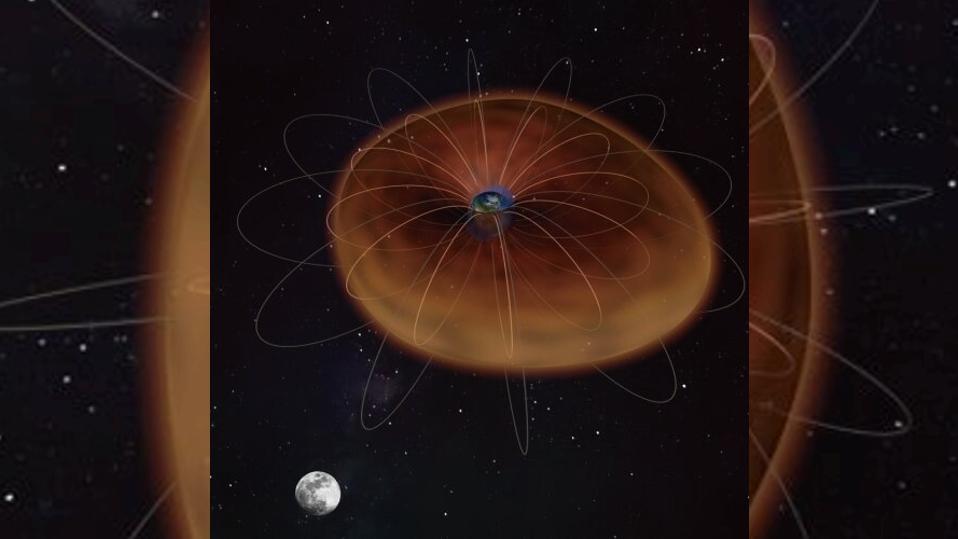
https://www.livescience.com/plasmasphere-moon-tidal-force
#Hidden #tide in #Earth's #magnetospheric ' #plasma #ocean' revealed in ...
3 Feb 2023 ... The #plasmasphere is a roughly doughnut-shaped blob of cool plasma that sits on top of Earth's magnetic field lines, just above the ionosphere, ...
SMOS and Swarm team up to spot huge solar storm
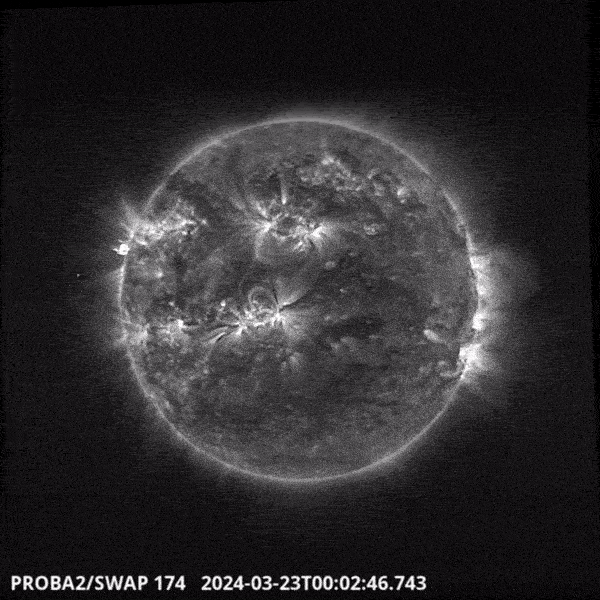

The Sun erupted over the weekend, flinging electromagnetic radiation towards Earth, even illuminating skies with spectacular aurora borealis. For the first time, ESA’s unlikely space weather duo of SMOS and Swarm tracked the severe solar storm — which warped Earth’s magnetic field.
#earth #science #space #esa #europeanspaceagency
posted by pod_feeder_v2
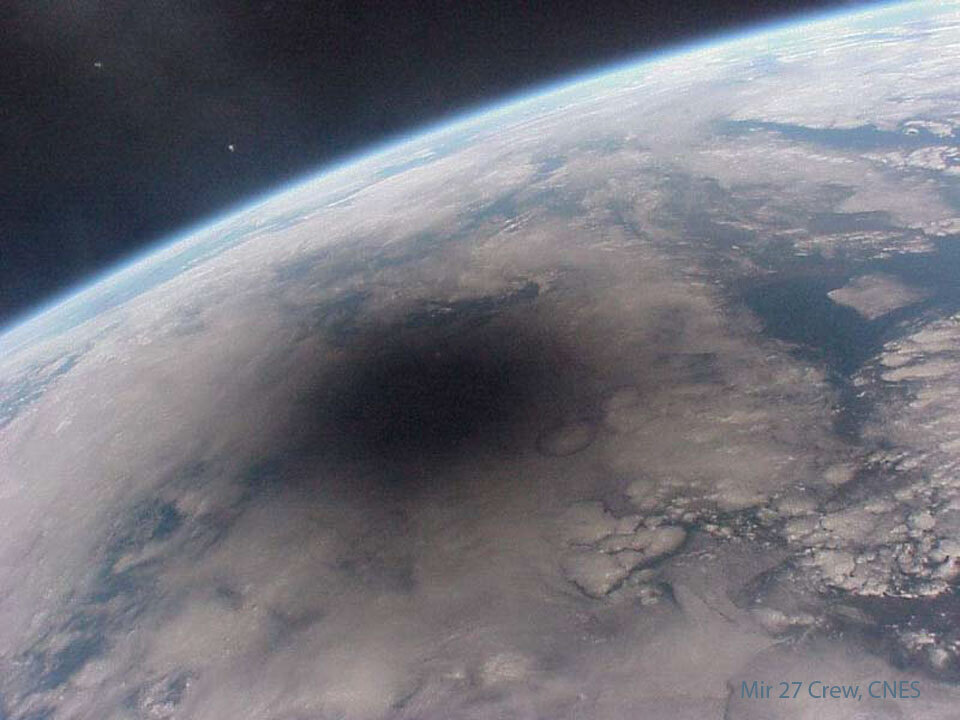
Looking Back at an #Eclipsed #Earth
#Astronomy #Picture of the Day
Media invitation: Last chance to see Arctic Weather Satellite
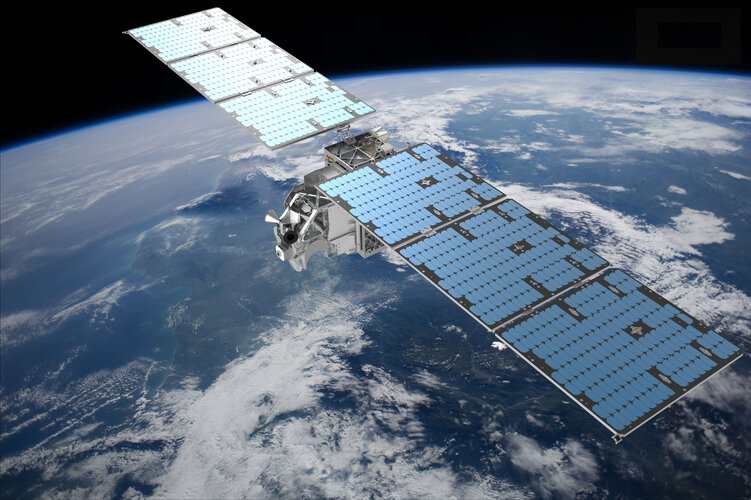

Call for media: Last chance to see Arctic Weather Satellite
#earth #science #space #esa #europeanspaceagency
posted by pod_feeder_v2
#Interview: Why #global support for #climate action is ‘systematically underestimated’
They contribute more to the public good if they believe that others contribute as well. For this reason, #pessimism about others’ contributions is harmful. It can constitute a critical obstacle for climate action.
#future #society #politics #earth #environment #finance #news #activism #emissions #costs #change
March 10: Moon reaches perigee
The #moon will reach #perigee – its #closest point in its elliptical orbit around #Earth – at 7 UTC (1 a.m. CDT) on March 10, 2024, when it’s 221,763 miles (356,893 km) away. High tides are possible.
https://earthsky.org/astronomy-essentials/visible-planets-tonight-mars-jupiter-venus-saturn-mercury/
New radar mission for Europe

 Video: 00:09:27
Video: 00:09:27
The upcoming Copernicus Radar Observation System for Europe in L-band (ROSE-L) will provide continuous day-and-night all-weather monitoring of Earth’s land, oceans and ice, and offer frequent observations of Earth’s surface at a high spatial resolution.
ROSE-L will carry an active phased array synthetic aperture radar instrument. The radar antenna will be the largest deployable planar antenna ever built measuring an impressive 40 sq m.
ROSE-L will deliver many benefits including essential information on forests and land cover, leading to improved monitoring of the terrestrial carbon cycle and carbon accounting.
The mission will also greatly extend our ability to monitor minute surface displacements and helping detect geohazards. It will automatically map surface soil moisture conditions over land helping improve hydrology and weather forecasts, and support the operational monitoring of sea and land ice across the Arctic.
ROSE-L is one of six Copernicus Sentinel Expansion missions that ESA is developing on behalf of the EU. The missions will expand the current capabilities of the Copernicus Space Component – the world’s biggest supplier of Earth observation data.
This video features interviews with Malcolm Davidson, ROSE-L Mission Scientist, Nico Gebert, ROSE-L Payload Manager and Gianluigi Di Cosimo, ROSE-L Project Manager.
Access all Unpacking Sentinels videos.
#earth #science #space #esa #europeanspaceagency
posted by pod_feeder_v2
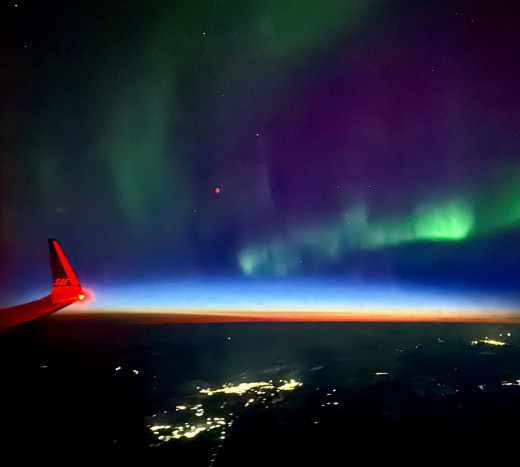
An overdue #CME struck #Earth's #magnetic #field on March 3rd. The impact sparked a #G2-class #geomagnetic #storm and bright #auroras around the Arctic Circle. Jan Eklind photographed the display from the window seat of an Airbus A20N at 35,000 feet:
"I was flying from Oslo to Kirkenes on Scandinavian Airlines when the CME struck," says Eklind. "Auroras spread across the sky with twilight in the distance and city lights below."
The CME was hurled into space on Feb. 28th when a magnetic filament connected to sunspot AR3592 erupted. It was not aimed directly at Earth, and forecasters were unsure if it would deliver even a glancing blow; however, the impact was stronger than expected.
https://spaceweather.com/
#Exxon CEO blames public for failure to fix #climate #change
Exxon Mobil Corp. CEO Darren Woods told editors from Fortune that the world has “waited too long” to begin investing in a broader suite of technologies to slow planetary heating.
#earth #economy #finance #future #environment #politics #nature #temperature #emissions #heat #greenhouseEffect #co2 #news #society


